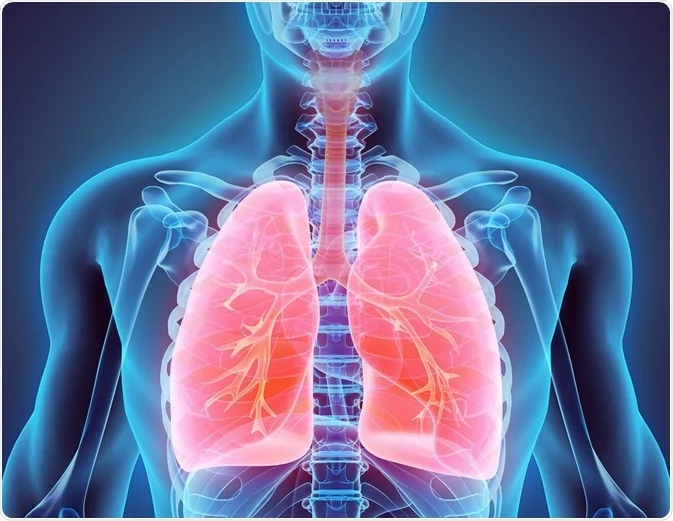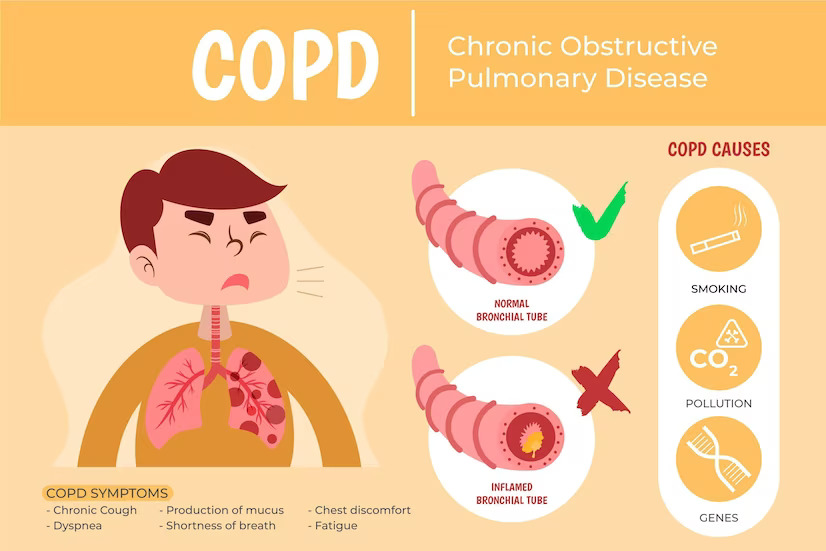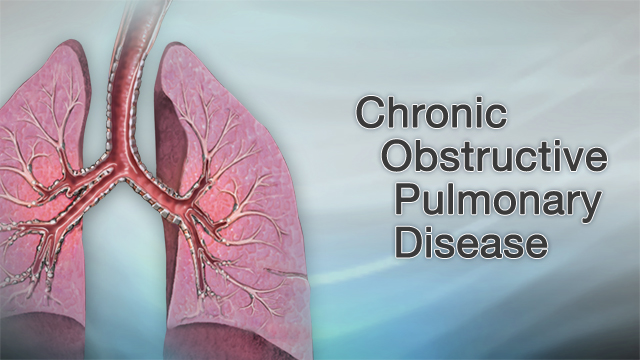Millions of people throughout the world are affected adversely by the respiratory disorders known as chronic obstructive pulmonary disease (COPD). Breathing becomes difficult due to this progressive circumstance, which can often be brought on by extended exposure to irritants like smoke from cigarettes or pollution. It limits airflow. We’ll dig into the complexities of COPD in this post, examining its causes, symptoms, management, and the value of early intervention.
Table of Contents
- COPD Full Form: Introductions
- COPD Full Form: The Silent Progression
- COPD Full Form: Causes & Risk Factors
- COPD Full Form: Unmasking Symptoms
- COPD Full Form: Diagnosis
- COPD Full Form: Management & Treatment Options
- COPD Full Form: Lifestyles Changes for COPD Patients
- COPD Full Form: Conclusion
- COPD Full Form: FAQs
Introduction to COPD

Chronic obstructive pulmonary disease (COPD) is a lung disease that makes it difficult to breathe. It is caused by a long-term inflammation of the airways in the lungs. This inflammation damages the airways and makes them narrower, making it harder for air to flow in and out of the lungs.
COPD is a progressive disease, which means that it gets worse over time. There is no cure for COPD, but there are treatments that can help to manage the symptoms and slow down the progression of the disease.
The two main types of COPD are chronic bronchitis and emphysema. Chronic bronchitis is characterized by a long-term cough with mucus. Emphysema is characterized by damage to the air sacs in the lungs.
COPD is the third leading cause of death in the world. It is estimated that over 300 million people have COPD worldwide. The most common risk factors for COPD are smoking, exposure to secondhand smoke, and air pollution.
Understanding COPD: The Silent Progression
Additional advice for comprehending COPD and its quiet development is provided below:
- Learn the signs and symptoms of COPD. Early COPD symptoms could appear insignificant and simple to ignore. Knowing the signs and symptoms of COPD will help you receive an accurate diagnosis and the best possible care.
- Address your COPD risk factors with your doctor. You are more likely to get COPD if you smoke or have relatives with a history of the disease. So that you may take efforts to lower your risk, discuss your risk factors within your doctor.

- Visit the doctor regularly. It is crucial to schedule periodic visits with your doctor even if you do not currently exhibit any COPD symptoms. If you do this, your doctor will be able to keep track of your lung health and detect COPD early.
- Give up smoking. The primary cause of COPD is smoking. The best thing you can do for the health of your lungs is to stop smoking. There are multiple tools at your disposal to assist you in giving up smoking.
COPD Causes and Risk Factors
- Smoking: Smoking is the leading cause of COPD. Cigarette smoke contains harmful chemicals that damage the airways and lungs. The more you smoke, the greater your risk of developing COPD.
- Secondhand smoke: Secondhand smoke is also a major risk factor for COPD. Secondhand smoke contains the same harmful chemicals as cigarette smoke. If you are exposed to secondhand smoke on a regular basis, you are at increased risk of developing COPD.
- Air pollution: Air pollution can also damage the airways and lungs. This is especially true if you are exposed to air pollution on a regular basis. Air pollution can be caused by traffic, industry, and power plants.
- Family history: If you have a family history of COPD, you are at increased risk of developing the disease. This is because you may be more likely to have genes that make you more susceptible to COPD.
- Age: COPD is more common in older adults. This is because the lungs become more damaged with age.
Unmasking COPD Symptoms

However, certain diseases have the ability to “unmask” the COPD symptoms, making them more obvious. These situations include:
- Colds and flu: Your airways constrict and swell when you have a cold or the flu. Breathing may become harder as a result, particularly if you have COPD.
- Heart disease: Issues with breathing are a side effect of heart disease. Your heart may not be able to pump enough blood to the lungs if you have heart disease. Breath may become more difficult as a result, particularly when exercising.
- Anemia: When your body doesn’t have enough healthy red blood cells, you have anemia. Your tissues receive oxygen due to red blood cells. Even while at rest, anemia patients may experience fatigue and shortness of breath.
- Asthma: The disorder referred to as asthma causes inflammation and airway narrowing. Asthma symptoms, such as wheezing, coughing, and shortness of breath, may appear similar to those of COPD.
Diagnosis: Shedding Light on the Invisible
| Type of Diagnosis | How it can shed light on invisible conditions |
|---|---|
| Physical exam | Can reveal physical signs of an invisible condition, such as skin rash, swelling, or muscle weakness. |
| Laboratory tests | Can measure levels of hormones, enzymes, or other substances in the blood or urine that can be indicative of an invisible condition. |
| Imaging tests | Can provide images of the inside of the body, such as the brain, heart, or lungs, which can help to identify invisible conditions. |
| Genetic testing | Can identify genetic mutations that are associated with invisible conditions. |
| Psychological evaluation | Can help to identify psychological factors that may be contributing to an invisible condition. |
COPD Management and Treatment Options
- Medications for Symptom Control
Bronchodilators and inhaled corticosteroids are commonly prescribed to alleviate symptoms and improve lung function. - Pulmonary Rehabilitation
Pulmonary rehabilitation programs focus on exercise, breathing techniques, and education to enhance physical endurance and manage symptoms. - Oxygen Therapy
In advanced cases, supplemental oxygen therapy may be necessary to improve oxygen levels in the blood and ease breathing. - Surgical Interventions
Surgery, including lung volume reduction or lung transplantation, may be considered in severe cases to improve lung function and quality of life.
Lifestyle Changes for COPD Patients
Conclusion
FAQs
Related posts:
- AMC Full Form: Benefits, Components, Needs, Advantage
- ORS Full Form: Dehydration, Myths, Flavors, Varieties & Facts
- PCC Full Form: Importance, Types, Application Process
- PAN Full Form: Legal Provisions, Regulations,
- BRB Full Form: Productive, Routine, Distractions
- MCD Full From: Introduction, Responsibility, Challenges
- CT Scan Full Form: Scans, price, Advantages
- USA Full Form: History, Economics,Technology, culture




















